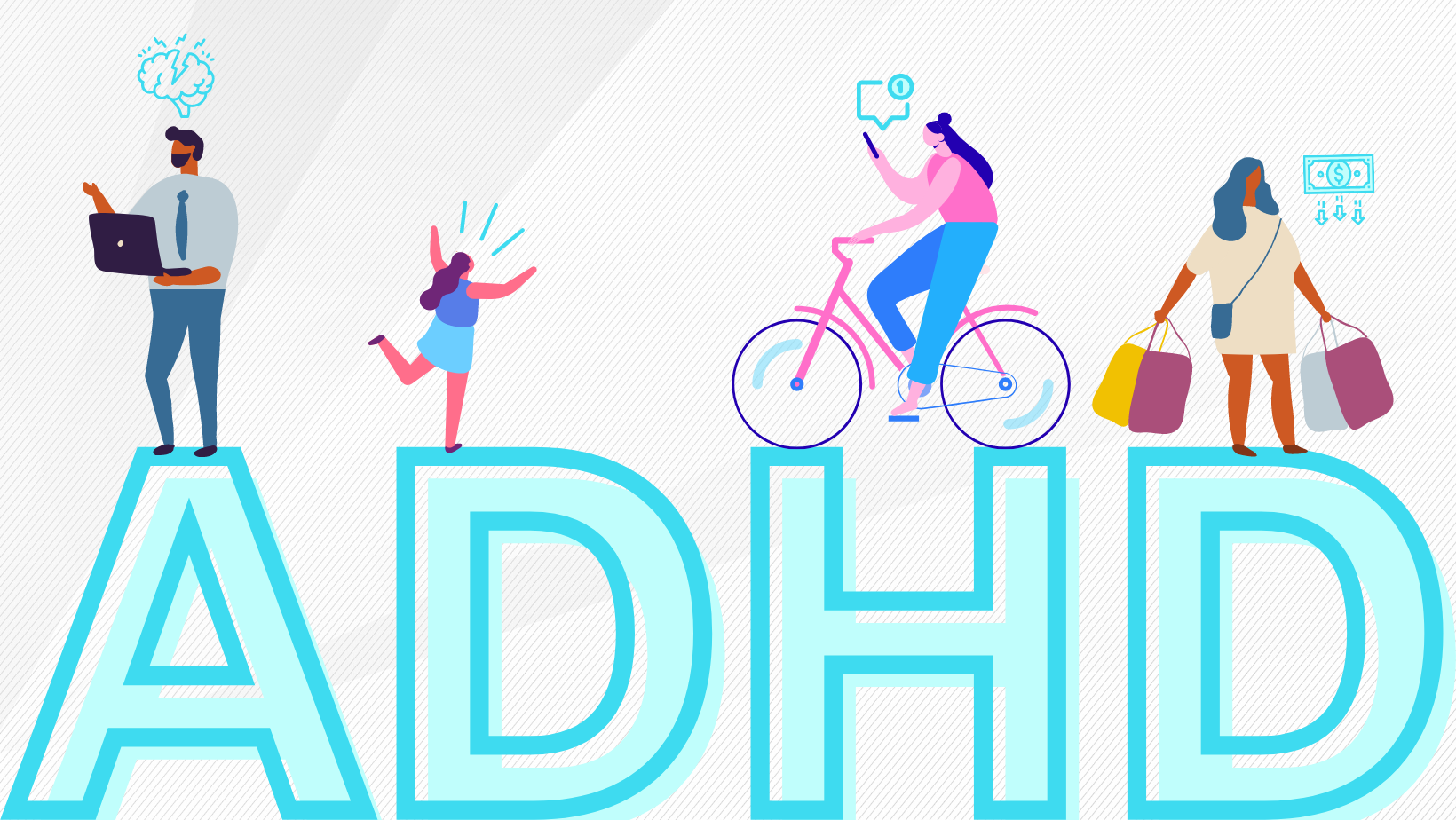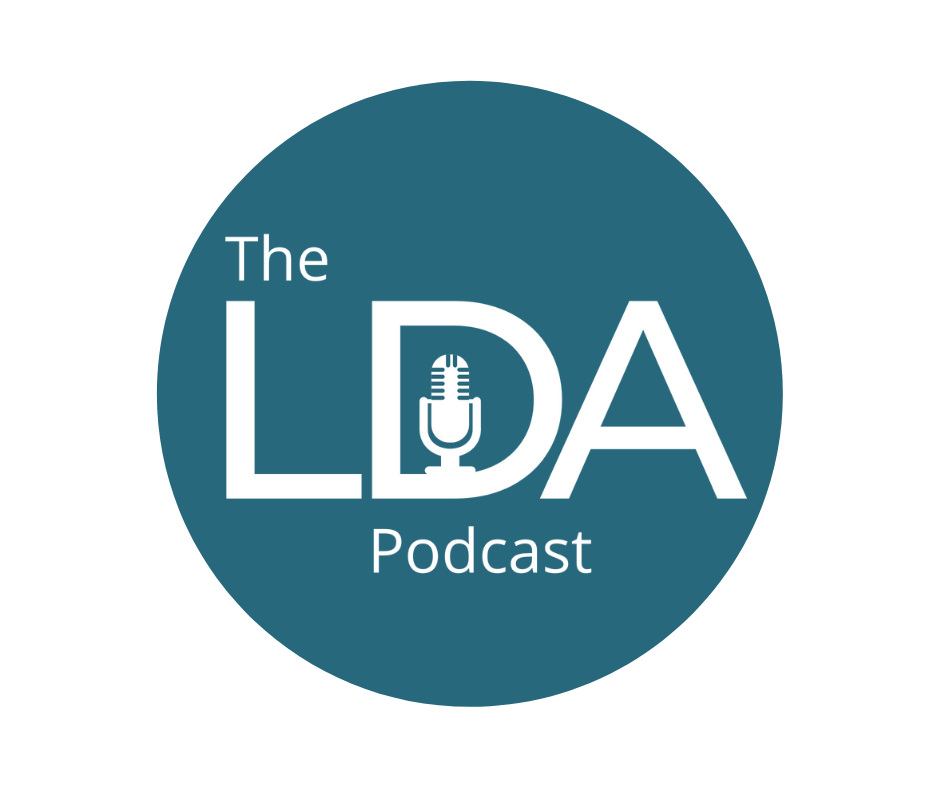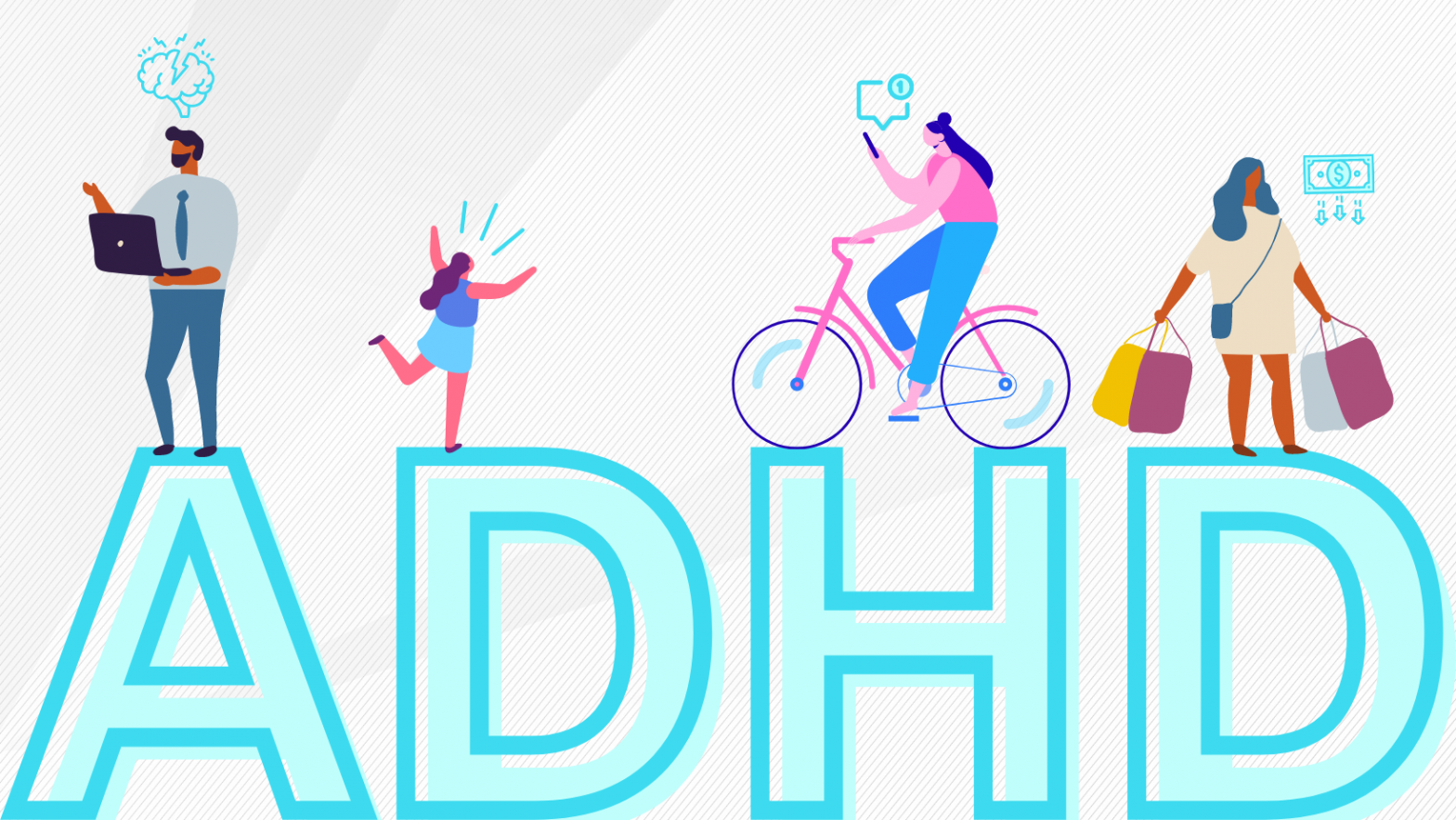A discussion with Dr. Vincent Alfonso, psychologist and professor in the school psychology program at Gonzaga University.

What is ADHD?
ADHD stands for attention deficit hyperactivity disorder. By and large, it’s the developmentally inappropriate frequency or severity of inattention, hyperactivity, and/or impulsivity. The hallmark criteria are inattention, hyperactivity, and impulsivity.
There’s no single cause of ADHD, but there is a fair amount of research supporting a genetic basis to ADHD. It tends to run in families. Children with ADHD demonstrate different brain structure than those without ADHD, which we know from neurological and neuropsychological studies that have been coming out in the last 10 to 20 years. And also prenatal exposure to toxic substances, nicotine, alcohol, and other drugs are associated with an increased risk of ADHD.
ADHD is largely a lifelong challenge, but it manifests itself differently over time.
How is ADHD identified?
ADHD has been around for a very long time as a diagnostic category, though the criteria for diagnosis have changed overtime in the DSM, which is the Diagnostic and Statistical Manual of Mental Disorders.
Two Settings
In addition to experiencing inattention, hyperactivity, and/or impulsivity, one criterion is that the difficulties need to take place across two or more settings. Usually these settings include the home and the school, or the home and the workplace. Otherwise, this could be a situation or setting-specific difficulty, and not necessarily ADHD.
Age of Presented Symptoms
Typically, the onset of ADHD is before age 12, so symptoms should be present by this time.
However, there is what we call Adult Onset ADHD, which manifests differently than childhood ADHD. But there’s also folks who were not classified, diagnosed, misclassified or diagnosed earlier on and may have had ADHD, which makes it a little bit difficult to tease out the research.
Symptom Length
Another criteria is that the impairment needs to have lasted at least six months in order to make a diagnosis classification.
Not Better Accounted for By Another Disorder
Everyone can be inattentive, impulsive, hyperactive, or distracted at times, but this could be because of other factors or disorders, like anxiety or outside stressors.

Types of ADHD
The subtyping of ADHD has changed over time, but if you read the literature, the research will often see three different major types of ADHD.
ADHD Combined Type:
This is the most common type and it typically involves impulsivity, hyperactivity, as well as inattention and distractibility. So it’s really, when people think of ADHD, I would think they think of this one, this overall kind of holistic disorder or difficulty.
Impulsive Hyperactivity Type:
This is more of the movement type, or the behavior that teachers and parents talk about because the kids are not sitting in their seats, they’re dropping things from their desks, they’re completely disorganized, or blurt out answers.
Inattentive and Distractible Type:
This type is typically associated with inattention and distractibility. So you don’t see hyperactivity or impulsivity as much, but you will see drifting off into space, not having the ability to sustain attention, or being distracted by outside noises or other students in the room.
How common is it to have ADHD and a learning disability?
I think everybody agrees that it is common for school age students to have ADHD and some type of learning disability. And the reasons for this high comorbidity (co-occurrence), is that there’s probably a shared genetic predisposition and underlying neurophysiology for ADHD and LD.
Also students in K-12 may acquire academic skill deficits because of the ADHD behavior, like they’re not paying attention or they’re hyperactive, and those behaviors interfere with learning. Also, students with a learning disability may exhibit ADHD behaviors because they cannot understand the subject matter, or they’re not motivated to learn because they have a learning problem, challenge, or disability. So they wander off, they drift, they’re not paying attention, so then they may exhibit ADHD symptoms.
Pure ADHD is rare. ADHD typically has comorbidity with other disorders. Of course, we’re talking about learning disorders or learning disabilities, but it can also occur with other behavior disorders. It can also co-occur with anxiety and depression.

Treatments and Accommodations for ADHD
The combination of stimulant medication, sometimes called pharmacotherapy, and a kind of behavior management technique is the leading treatment, especially for school age individuals.
When there’s a comorbidity with a learning disability, or disabilities, it can be best to target both the academic skill deficits and the challenging behaviors at the same time, because that provides the highest probability for improvement in the academic and behavior domains.
The disadvantage of this combined approach is that it requires a lot of resources and intensive intervention. The more intricate the intervention, the greater the possibility is that the regimen won’t be followed correctly.
It’s possible to target only the behavioral side or only the academic side, and there will be some generalized effect in the other domain, but I think that if we can provide interventions on the behavioral and academic side at the same time, with fidelity and with cooperation with families, then I think the prognosis is pretty good.
ADHD Myths
That sugar, food additives, or fluorescent lighting cause ADHD
I’m not sure you want to give a lot of sugar to a student who is hyperactive or impulsive, but it doesn’t cause the disorder. There’s no single cause of ADHD, but research supports that it tends to run in families, or can be caused by prenatal exposure to toxic substances.
That individuals with ADHD are acting out on purpose
ADHD is very clearly a self-regulatory disorder, and that has its roots in the individual’s neurobiology, and probably has genetic predisposition. So it’s not like they’re just choosing to not control it, misbehave, or are engaging in bad behavior. Individuals with ADHD need interventions to help control their behavior and alleviate their symptoms.
That ADHD just goes away
Like a learning disability, ADHD doesn’t really go away. It’s a lifelong disorder that presents lifelong challenges, and those challenges change over time.
That stimulant medication fixes everything
It certainly doesn’t. I think it’s fair to say that when it comes to psychopharmacology for children or students K-12 that we have the largest research basis on stimulant medication, as opposed to medication for anxiety or depression. Stimulants don’t necessarily teach students with learning problems or anything, but what they do is help them to be more ready to learn.
I am not a big fan of pharmacotherapy for K-12, but when it’s needed it’s necessary, and it’s helpful. And there are positive side effects, like they’re able to pay more attention, and they have fewer behavior problems. I also think that you have to have a physician or a pediatric neurologist or neuropsychologist who understands the impact or influence of medication on our younger folks.

Listen to the full discussion with Dr. Alfonso on The LDA Podcast. Search “The LDA Podcast” on Apple Podcasts or Spotify. or listen here.



